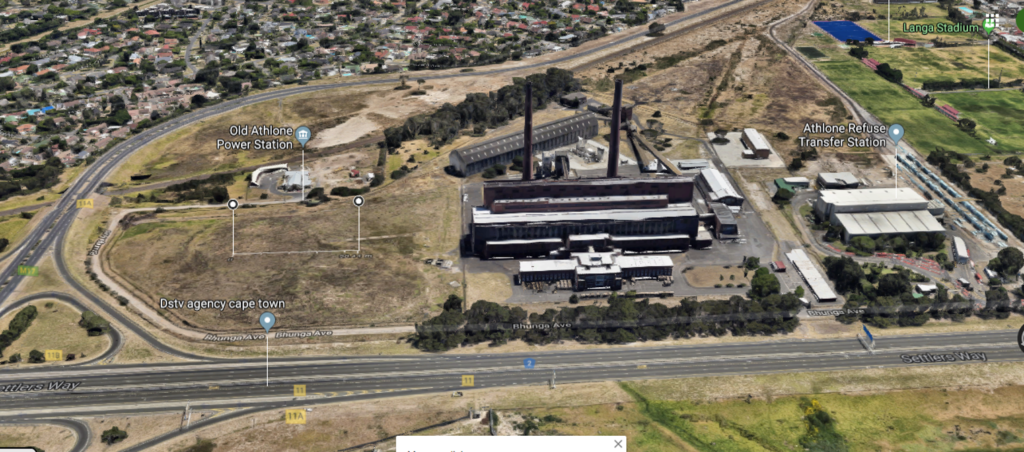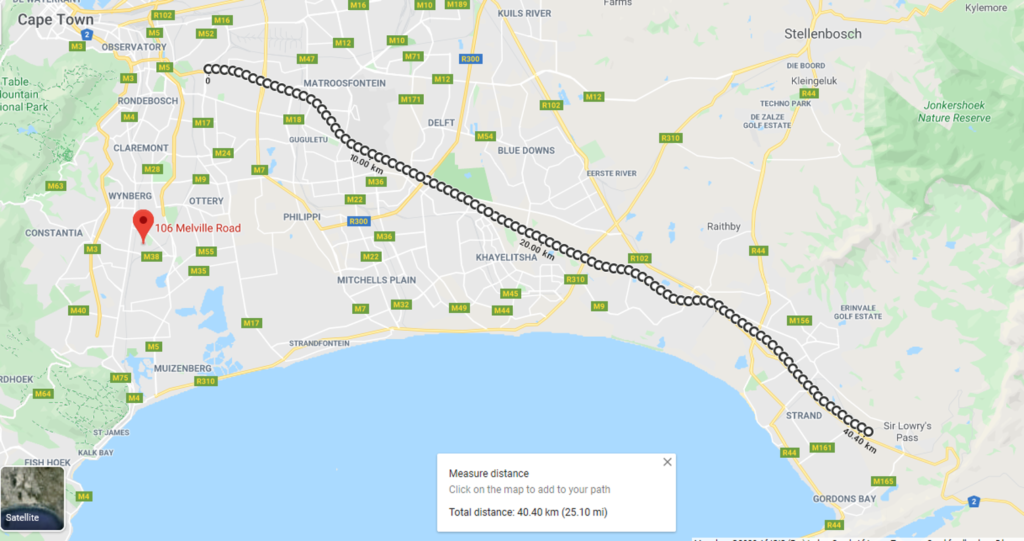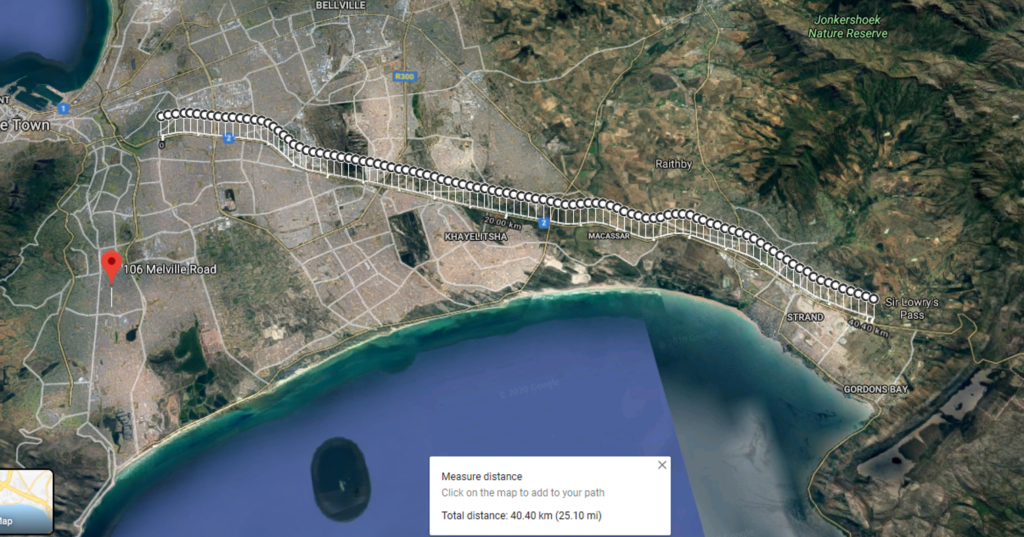A TED Talk about the reality of renewables set the cat amongst the pigeons – in my mind at least. Most people are unaware of the energy intensity of fossil fuels vis-à-vis renewals whether biofuels, solar or wind power which means that the facilities to produce the latter are so much larger.. Furthermore, renewables such as solar and wind power are subject to the vagaries of the weather as well as the diurnal cycle. These factors confound the issue of reliable 24/7 power requiring alternative energy sources such as batteries, open [or closed] cycle gas turbines or pumped storage schemes to meet such shortfalls.
Main picture: The future blight on the landscape. Wind turbines on all available land in windy regions
To set the scene, this TED Talk calculated the energy requirements per country. Noteworthy were two facts viz the differential in energy usage between the developed and undeveloped countries. Secondly was the extent to which the energy consumption increases as a country industrialises. In this regard, China is a noteworthy example.
The final picture that emerges is that to meet the future energy requirements by using renewables will require the use of a substantial fraction of the world’s surface area to meet the expected energy demand.
As my brother has too much time on his hands, he produced an article showing the area which would be required to produce the same energy as the Athlone Power Station in Cape Town and then Medupi.
Visualisation of Wind Turbine Requirements
The erstwhile Athlone Power Station in Cape Town was rated at 180MW. With a utilisation factor of, say, 85% it would have produced 153MW on average. There are some huge 6MW wind turbines, but generally 3MW is the standard that is used at the moment. Typically the hub stands 90-100m off the ground. (It should be noted that the Athlone smokestacks are 99m.) The diameter of the blades is 90m.
They should be separated by 3-5D transverse to the wind and 6-10D (diameters) in the direction of the wind. I have assumed a 400m transverse separation and a 700m longitudinal separation.

The open ground on the left of the power station was where the cooling towers used to be and the measurement on the ground shows the diameter of the wind turbine.

This elevated view roughly shows the size of a single turbine compared to the power station. The problem is that we need another 203 such turbines.

Given that the practical average power extracted by a turbine is about 25% of its rated capacity, 204 turbines would be needed to equate to the Athlone Station output.

Each circle represents a wind turbine from Athlone to Somerset West to just short of Sir Lowry’s Pass – a total of 102 turbines. This means that we need another row on the south of the N2, 700m away.

This oblique view nicely shows a single row of those turbines. 2 rows are actually required to be equal to the extremely small Athlone Power Station.
Another way of looking at it, in order to equal the output of one Medupi (if it ran properly) would require the area show below.

Deju vu
Instead of using all available space to generate energy either by means of photovoltaic panels or wind turbines, won’t mankind be compelled to re-embrace nuclear power?
Note: TED Talks are influential videos from expert speakers on education, business, science, tech and creativity, with subtitles in 100+ languages.
TED Talks are influential videos from expert speakers on education, business, science, tech and creativity, with subtitles in 100+ languages. Ideas free to stream …

